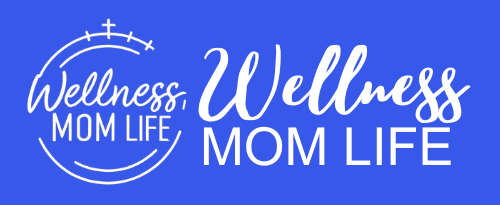As parents, you probably don’t like being in a situation where you constantly worry about your child’s health, you are not alone. When mold spores are inhaled or come into contact with the skin, they can cause health issues, particularly in children whose immune systems are still developing. If you are dealing with mold exposure in your home and are worried about your child’s health, this guide will provide effective strategies to detox your child from mold exposure.
Understanding Mold Exposure
Mold spores are microscopic fungi floating through the air and settling on surfaces, the common household molds include Aspergillus, Cladosporium, and Stachybotrys (black mold). When these spores are inhaled or ingested, they can cause allergic reactions, respiratory issues, and other health problems. Children may exhibit a variety of symptoms when exposed to mold, including:
- Respiratory issues: Chronic coughing, wheezing, and shortness of breath.
- Allergic reactions: Sneezing, runny nose, itchy eyes, and skin rashes.
- Fatigue: Unexplained tiredness or lethargy.
- Headaches: Frequent, unexplained headaches.
- Digestive problems: Nausea, diarrhea, or abdominal pain.
Removing Mold from Your Environment
Mold can be a sneaky problem in your homes, often hiding in damp, dark places and on poorly stored food for animals and humans, making the food unpalatable or toxic and thus a major source of food losses and illness. Taking proactive steps to eliminate mold will significantly reduce the risk of exposure and help keep your family healthy.
Conduct a Thorough Home Inspection

Bathrooms and kitchens are prime locations for mold growth due to the constant water use and humidity so pay close attention to areas around the shower, bathtub, sink, and toilet. Look for any signs of mold around the caulking, grout, and under sinks where pipes might leak. Ensure your bathroom and kitchen are well-ventilated; use an exhaust fan during and after showers and towel dry damp areas in the kitchen.
Improve Indoor Air Quality
Poor indoor air quality can exacerbate the symptoms of mold exposure and lead to other respiratory issues so air purifiers are a fantastic tool for cleaning the air in your home. They can capture mold spores, dust, pollen, and other airborne particles, making the air cleaner and safer to breathe. Therefore, select one with a HEPA (High-Efficiency Particulate Air) filter.
Furthermore, it is also necessary to ensure proper ventilation in your children’s room because ventilation reduces humidity levels and removes contaminants from the air.
Boost Your Child’s Immune System
The foundation of a strong immune system starts with a balanced and nutritious diet. What your child eats directly affects their overall health and ability to fight off infections, including those related to mold exposure. Therefore, fruits and vegetables should be included in your children’s diet examples are, oranges, strawberries, and kiwis, which are rich in vitamin C, while leafy greens like spinach and kale provide a wealth of nutrients.
Monitor and Seek Medical Advice
If you notice that your child’s symptoms persist despite your efforts to improve their environment and boost their immune system, it’s crucial to consult with a healthcare provider. This is particularly important because symptoms of mold exposure can sometimes mimic those of other conditions like asthma or allergies. Once the diagnosis is made, the healthcare provider can recommend a tailored treatment plan that addresses your child’s needs.
Dealing with mold exposure can be daunting, especially when it affects your child’s health. But with a proactive approach, you can make a significant difference. By removing mold from your environment, improving indoor air quality, boosting your child’s immune system, and diligently monitoring their health, you can effectively manage and mitigate the impacts of mold exposure.









